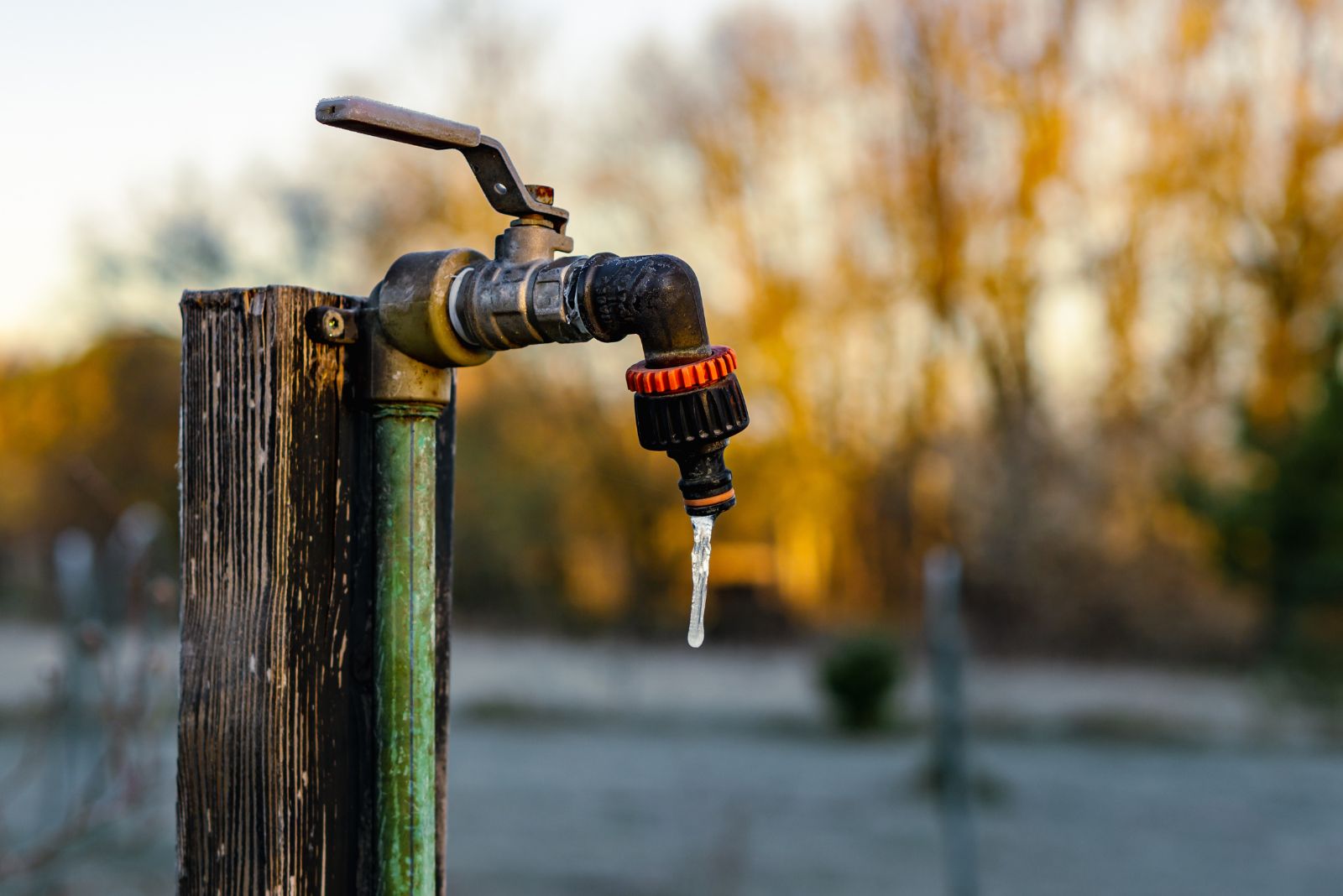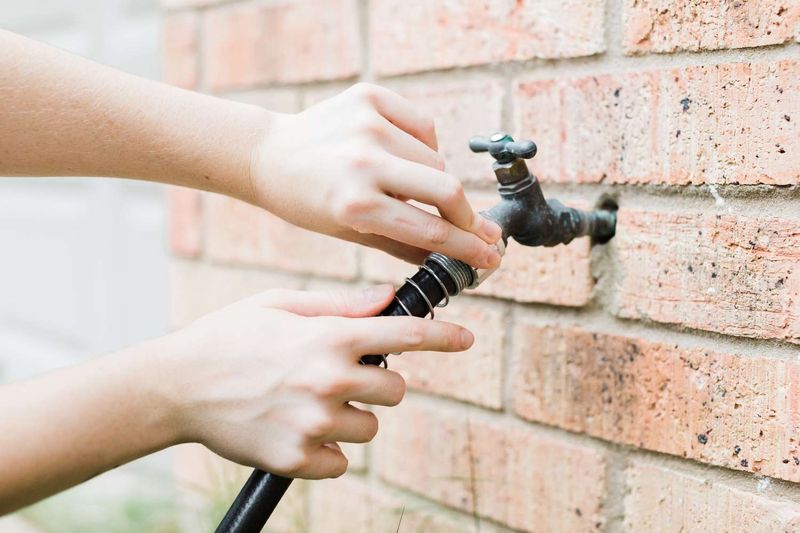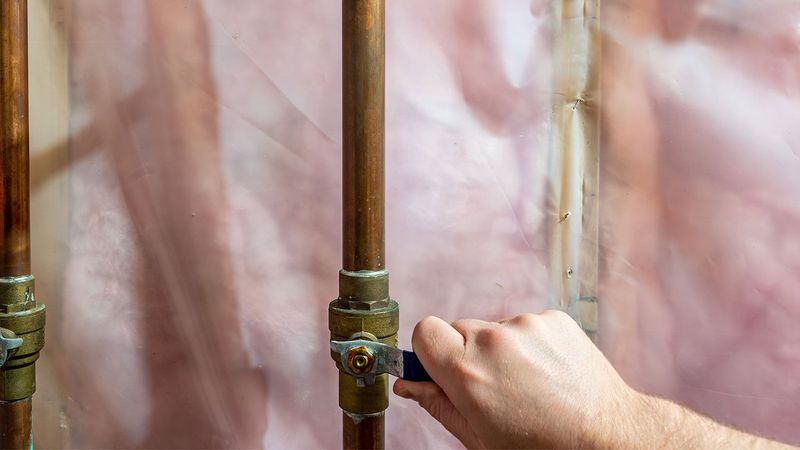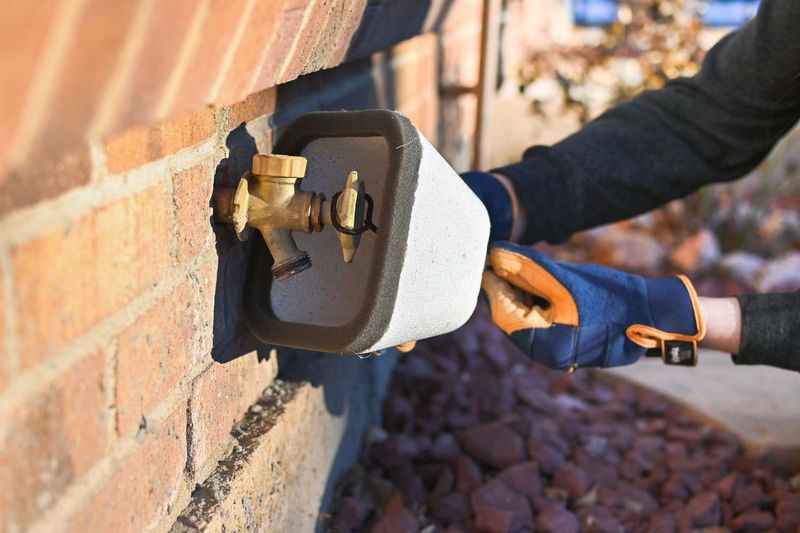I learned this trick the hard way after waking up one icy morning to a pipe that sounded more like a drum than a water line. I had no idea the cold had crept in overnight and stopped everything in its tracks. A neighbor later told me about a simple garden hose step that could spare me that kind of headache.
I tried it the next cold snap, and my pipes made it through without a hiccup. Now I do it anytime the temperature drops, and it has saved me more worry than I ever expected from something so quick and easy.
Disconnect Your Hose Before The First Freeze
You know that moment when you realize winter’s coming and you’ve been putting off yard chores? Yeah, this is one you really don’t want to skip.
Water trapped inside a connected hose can freeze and expand, pushing ice back into your pipes. That pressure can crack the spigot or even damage pipes inside your walls. Unhook that hose as soon as temperatures start dipping below freezing at night, and you’ll be protecting your whole plumbing system from serious trouble.
Drain Every Drop Of Water From The Hose
After you’ve disconnected the hose, it’s tempting to just toss it in the garage and call it done. But here’s the thing: even a little leftover water can cause problems.
Hold one end up high and let gravity do the work, walking the length of the hose to push out any remaining water. You can also stretch it out across your yard on a slight slope. Once it’s completely empty, coil it up and store it somewhere dry like a shed or basement to keep it in good shape for spring.
Shut Off And Drain Your Outdoor Spigot
Most people forget this step, but it’s just as important as dealing with the hose itself. Even after you disconnect everything, water can still sit in the outdoor faucet.
If your home has a shut-off valve inside for outdoor faucets, turn it off and then open the outside spigot to let any trapped water drain out. Leave the outdoor faucet open through winter so any remaining moisture can escape. This simple move keeps ice from forming inside the valve and causing cracks that lead to leaks when spring arrives.
Cover The Water Spigot
A frozen spigot can bring a cascade of plumbing issues. To avoid this, use an insulated cover. These spigot covers are easy to install, providing a snug barrier against the cold.
Simply place it over the spigot and secure it tightly. This action prevents cold air from penetrating, safeguarding your pipes.
Did you know? These covers are available in various designs, adding a touch of personality to your garden. With one small step tonight, your plumbing can remain unaffected by freezing conditions.





